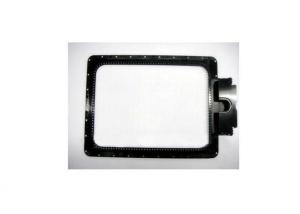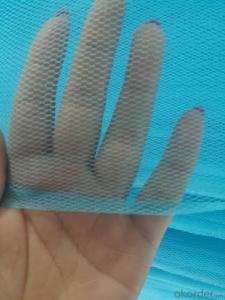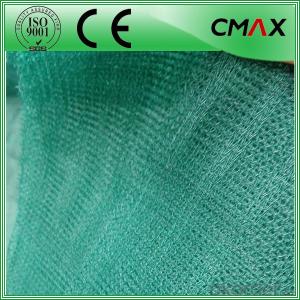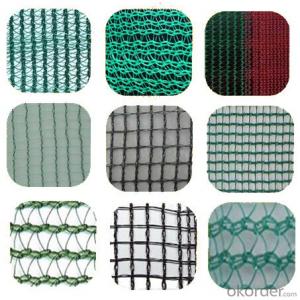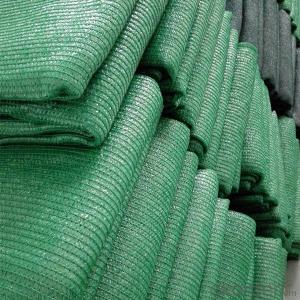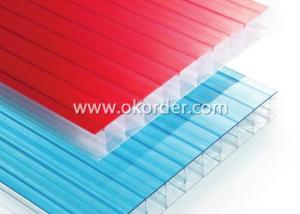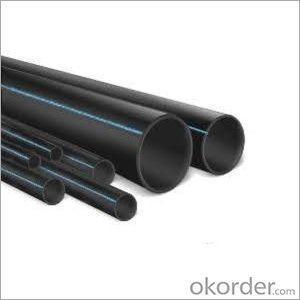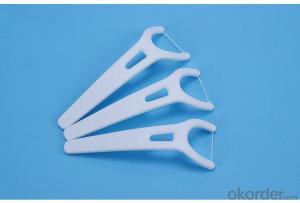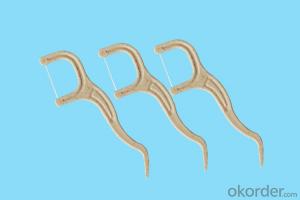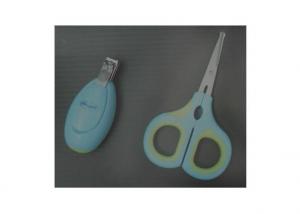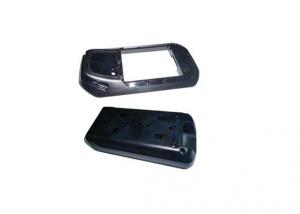Injectables 18
- Loading Port:
- China Main Port
- Payment Terms:
- TT or LC
- Min Order Qty:
- 1 Piece watt
- Supply Capability:
- 100 Pieces per Month watt/month
OKorder Service Pledge
OKorder Financial Service
You Might Also Like
Detailed Product Description
1.S136 steel+heat treatment.
2.Mould base:FUTABA from swiss
3.Develop time:20 days after coordination.
4.18 years experience.
What Our Manufacture Does:
1.Automobile : Air –outlet / vent,Rearview mirror,Instrument panel ,Horn so on.
2.Electronic : Wireless receiver parts, USB housing, Mobile phone plastic part, Loptop cover and parts,
remote control , key-press. etc...
3.Mechanical : Percision instrument, Motor support part ,Pump plastic part.
4.Our customers : BBK, Sony, NEC, Sumsung, Sony, Starbucks, Disney, etc...
- Q:What are the different manufacturing processes used for electronic plastic?
- The different manufacturing processes used for electronic plastic include injection molding, blow molding, thermoforming, and extrusion. Injection molding is commonly used for creating complex and detailed plastic parts, while blow molding is used for creating hollow plastic components. Thermoforming involves heating a plastic sheet and shaping it over a mold, while extrusion is used to produce continuous lengths of plastic with a consistent cross-sectional shape.
- Q:How does electronic plastic contribute to the thermal management of electronic devices?
- Electronic plastic, also known as thermally conductive plastic, plays a crucial role in the thermal management of electronic devices. This type of plastic is designed to have excellent thermal conductivity properties, allowing it to efficiently dissipate heat generated by electronic components. By providing a thermally conductive pathway, electronic plastic helps to remove heat from sensitive electronic parts and prevents overheating. It allows for better heat transfer and distribution, thus optimizing the overall performance and reliability of electronic devices.
- Q:How does electronic plastic affect the overall reliability of electronic devices?
- Electronic plastic can have both positive and negative effects on the overall reliability of electronic devices. On one hand, electronic plastic can provide insulation and protection for delicate components, improving durability and longevity. It can also offer flexibility and lightweight properties, making devices more portable and resistant to physical damage. On the other hand, electronic plastic can be prone to degradation over time, especially when exposed to heat or UV radiation, which may lead to the deterioration of device performance and functionality. Furthermore, certain types of plastic can generate static electricity, causing electrostatic discharge and potentially damaging sensitive electronic circuits. Therefore, while electronic plastic can enhance reliability in some aspects, careful selection of materials and proper design considerations are crucial to mitigate any potential negative impacts.
- Q:Can electronic plastic be used in outdoor electronic devices?
- Yes, electronic plastic can be used in outdoor electronic devices. Electronic plastic is designed to have high resistance to environmental factors such as moisture, UV radiation, and temperature fluctuations. This makes it suitable for outdoor use, as it can withstand exposure to various weather conditions without compromising the functionality or durability of the electronic device.
- Q:How does electronic plastic impact the design flexibility of electronic devices?
- Electronic plastic, also known as flexible or organic electronics, greatly enhances the design flexibility of electronic devices. Unlike traditional rigid materials, electronic plastic is lightweight, thin, and bendable, allowing for the creation of devices with curved, flexible, or even stretchable form factors. This enables the development of innovative designs and novel functionalities in various electronic applications, such as wearable devices, flexible displays, and smart textiles. Additionally, electronic plastic can be printed or molded into different shapes, facilitating rapid prototyping and customization of electronic devices. Overall, electronic plastic revolutionizes the design possibilities in electronics, leading to more versatile and user-friendly products.
- Q:Can electronic plastic be used in electronic touchscreens?
- Yes, electronic plastic can be used in electronic touchscreens. Electronic plastic, also known as conductive polymer, is a material that can conduct electricity and is often used in the production of touchscreens. Its flexibility and transparency make it suitable for touch-sensitive surfaces, allowing for the creation of responsive and durable touchscreens.
- Q:What are the main advancements in electronic plastic technology in recent years?
- The main advancements in electronic plastic technology in recent years include the development of flexible and stretchable electronics, improved durability and stability of plastic materials, enhanced conductivity and performance, and the integration of smart functionalities such as sensing and self-healing capabilities. Additionally, there have been advancements in the manufacturing techniques for electronic plastic components, enabling the production of more complex and intricate devices.
- Q:How does electronic plastic impact the overall electromagnetic shielding of electronic devices?
- Electronic plastic can significantly impact the overall electromagnetic shielding of electronic devices by providing an effective barrier against electromagnetic interference (EMI). It acts as a protective layer that prevents external electromagnetic fields from interfering with the proper functioning of the device. Additionally, electronic plastic can also enhance the electromagnetic shielding capability of the device by reducing the potential for electromagnetic leakage, thereby ensuring optimal performance and safeguarding against potential disruptions caused by EMI.
- Q:Can electronic plastic be used in renewable energy devices?
- Yes, electronic plastic can be used in renewable energy devices. Electronic plastic, also known as organic or flexible electronics, has various properties that make it suitable for use in renewable energy devices. It can be used as a flexible and lightweight material for solar panels, enabling them to be easily integrated into various surfaces and structures. Additionally, electronic plastic can be used in energy storage devices, such as batteries and supercapacitors, due to its ability to conduct and store electrical energy efficiently. Overall, electronic plastic offers a promising solution for enhancing the performance and versatility of renewable energy devices.
- Q:Can electronic plastic be used in outdoor applications?
- Yes, electronic plastic can be used in outdoor applications. Electronic plastic is designed to be durable and resistant to various environmental factors such as moisture, UV radiation, and temperature fluctuations. It is commonly used in outdoor electronic devices, solar panels, automotive components, and other applications that require protection against harsh outdoor conditions.
1. Manufacturer Overview |
|
|---|---|
| Location | Guangdong, China |
| Year Established | 2011 |
| Annual Output Value | US$50 Million - US$100 Million |
| Main Markets | North America South America Eastern Europe Eastern Asia Western Europe Northern Europe Southern Europe Domestic Market |
| Company Certifications | ISO 9001:2000; ISO 14001:2004 ;OHSAS 18001; RoHS ; SGS ; |
2. Manufacturer Certificates |
|
|---|---|
| a) Certification Name | |
| Range | |
| Reference | |
| Validity Period | |
3. Manufacturer Capability |
|
|---|---|
| a)Trade Capacity | |
| Nearest Port | Hong Kong,ShenZhen |
| Export Percentage | 21% - 30% |
| No.of Employees in Trade Department | 3-5 People |
| Language Spoken: | English, Chinese, Japanese, Korean |
| b)Factory Information | |
| Factory Size: | 50,000-100,000 square meters |
| No. of Production Lines | Above 10 |
| Contract Manufacturing | OEM Service Offered |
| Product Price Range | Average |
Send your message to us
Injectables 18
- Loading Port:
- China Main Port
- Payment Terms:
- TT or LC
- Min Order Qty:
- 1 Piece watt
- Supply Capability:
- 100 Pieces per Month watt/month
OKorder Service Pledge
OKorder Financial Service
Similar products
New products
Hot products
Hot Searches
Related keywords
